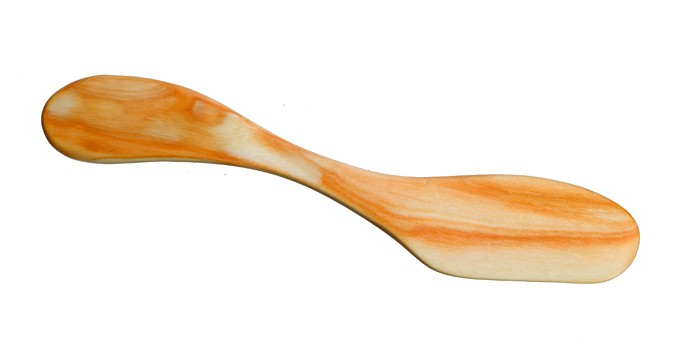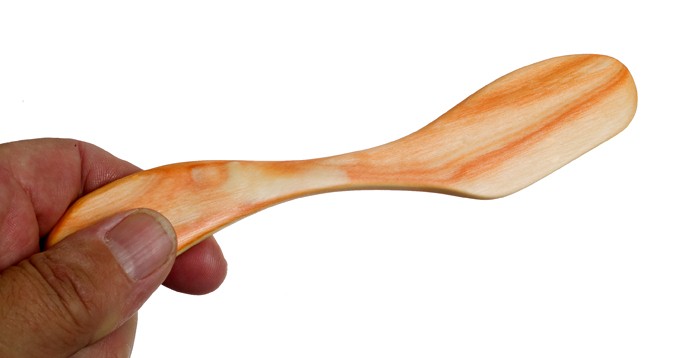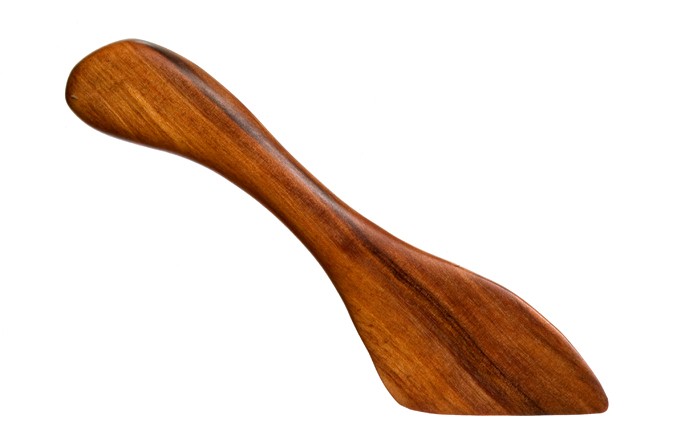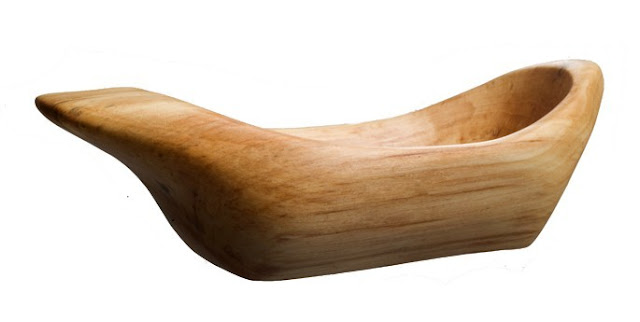A new Cherry kusa.
I have some new green cherry logs which are ideal for carving, a rummage through the logs produced a log I could use for a medium sized kusa. I made the most of the indian summer we were having and worked under an oak tree in my garden, I was also sheltered by a willow tree and felt well away from noise and distractions.
The log split easily with the froe and I started work. I marked out a rough shape with a pencil then with axe and spoon knife I started carving.
When the light started to go I placed of the wood chips in a bag and then added the part carved kuksa. next morning more carving and then some sanding produced the finished kusa.
When the light started to go I placed of the wood chips in a bag and then added the part carved kuksa. next morning more carving and then some sanding produced the finished kusa.
























































